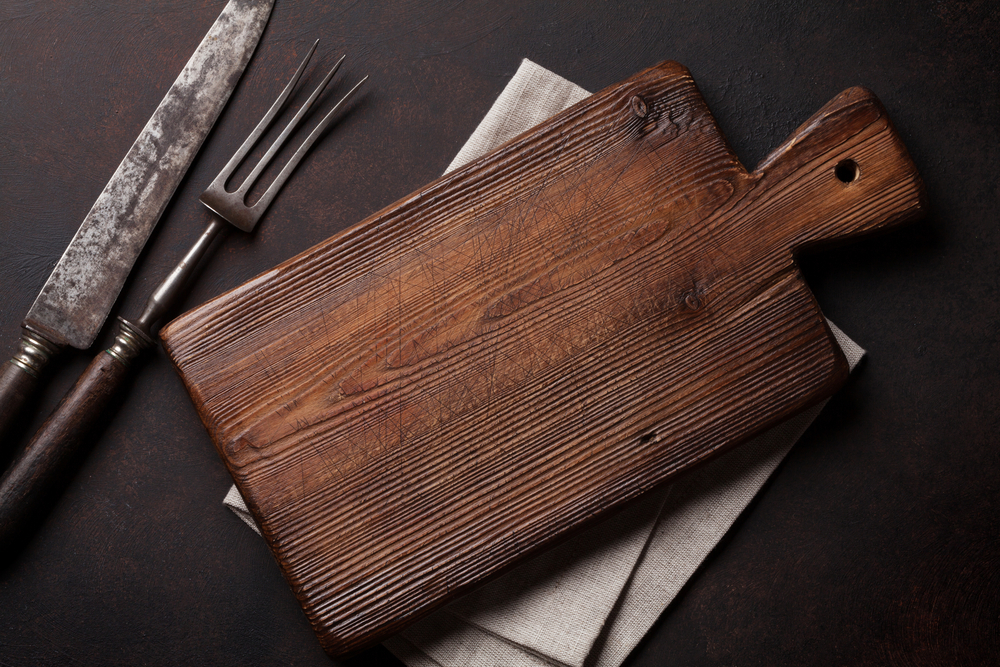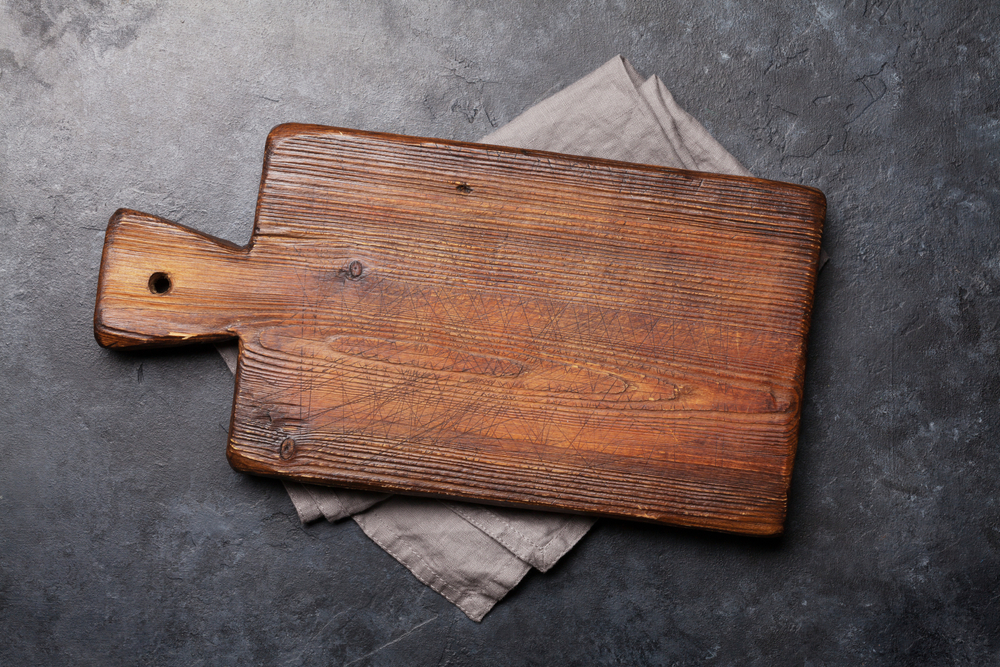If you want to ensure the longevity and safety of your cutting board, proper care and maintenance are essential. But did you know how to treat a cutting board? A cutting board is a kitchen staple that sees regular use and comes into contact with various food items, making it susceptible to bacterial growth and wear.
By implementing a few simple steps, you can effectively treat your cutting board, keeping it clean, hygienic, and in optimal condition for years to come. Whether you have a wooden or plastic cutting board, understanding the appropriate treatment methods is crucial for maintaining a healthy and functional kitchen environment.
Importance of Regular Maintenance
Regular maintenance is of utmost importance when it comes to preserving the longevity, cleanliness, and functionality of your cutting boards. By implementing consistent upkeep practices, such as cleaning, sanitizing, and proper storage, you ensure a hygienic kitchen environment and minimize the risk of cross-contamination.
Regular maintenance also prevents the buildup of stains, odors, and harmful bacteria, ensuring that your cutting boards remain safe for food preparation. Additionally, by taking care of your cutting boards, you extend their lifespan, avoiding the need for frequent replacements.
Well-maintained cutting boards provide a smooth and reliable surface for slicing, dicing, and chopping, enhancing your overall culinary experience. By dedicating time and effort to regular maintenance, you can enjoy clean, durable, and functional cutting boards for years to come.

Cleaning
Proper cleaning of your cutting board is crucial for maintaining hygiene in your kitchen. Here are some important steps to follow when cleaning your cutting board:
- Scrape off any food residue: Use a kitchen scraper or the back of a knife to remove any leftover food particles from the surface of the cutting board. Be thorough to ensure no remnants remain.
- Rinse with warm water: Rinse the cutting board with warm water to remove any loose debris. Avoid using hot water, as it can cause damage to certain types of cutting boards, such as plastic.
- Use dish soap: Apply a small amount of mild dish soap to a sponge or dishcloth and thoroughly scrub the cutting board. Pay extra attention to any stains or tough spots. Ensure that all areas of the board, including the sides, are cleaned.
- Rinse again: Rinse the cutting board thoroughly with warm water to remove any soap residue.
- Air dry or towel dry: Allow the cutting board to air dry completely before storing it. Alternatively, you can use a clean towel to dry it off manually. Ensure it is completely dry to prevent the growth of bacteria.
Sanitizing
Sanitizing your cutting board is an important step in maintaining a safe and hygienic kitchen environment. Regular sanitization helps eliminate harmful bacteria and prevents the spread of foodborne illnesses. Follow these steps to effectively sanitize your cutting board:
- Prepare a sanitizing solution: Mix a solution of one part white vinegar or chlorine bleach with four parts water. Alternatively, you can use a food-grade sanitizing spray or a hydrogen peroxide solution.
- Apply the solution: Pour the sanitizing solution onto the cutting board, ensuring it covers the entire surface. Use a clean sponge or cloth to spread the solution evenly.
- Let it sit: Allow the sanitizing solution to remain on the cutting board for a few minutes. This gives it time to effectively kill any bacteria present on the surface.
- Rinse thoroughly: Rinse the cutting board with clean water to remove the sanitizing solution. Ensure all traces of the solution are washed away.
- Air dry: Place the cutting board in a well-ventilated area and allow it to air dry completely. Avoid using a towel, as it can reintroduce bacteria to the surface.
Removing Stains and Odors
Over time, cutting boards can develop stains and unpleasant odors from the foods they come into contact with. Fortunately, there are effective methods for removing stains and odors and restoring your cutting board to a clean and fresh condition.
Here are some methods of how can you remove stains and odors:
- Baking soda paste: Create a paste by mixing baking soda with water until it forms a thick consistency. Apply the paste to the stained areas of the cutting board.
- Scrub with a brush: Use a brush or sponge to gently scrub the stained areas with the baking soda paste. Apply a bit of pressure to effectively lift the stains. For tougher stains, you can let the paste sit on the board for a few minutes before scrubbing.
- Lemon and salt: Cut a lemon in half and sprinkle salt onto the cut surface. Rub the lemon halves over the stained areas, using the salt as an abrasive. The acidity of the lemon helps remove stains and neutralize odors.
- Hydrogen peroxide: For stubborn stains, you can try applying a small amount of hydrogen peroxide directly onto the stained areas. Let it sit for a few minutes, then rinse thoroughly with water.
- Vinegar solution: Another option is to create a solution of equal parts water and white vinegar. Pour the solution onto the stained areas and let it sit for a few minutes. Scrub the board with a brush or sponge, then rinse well with water.
Avoiding Cross-Contamination
Follow these important guidelines to avoid cross-contamination on your cutting board:
- Color-coded cutting boards: Consider using different cutting boards for different food groups to prevent cross-contamination. Assign specific colors for different types of food, such as green for vegetables, red for raw meat, and blue for seafood. This practice helps you easily identify which cutting board to use for each food category.
- Separate raw and cooked foods: Never use the same cutting board for both raw and cooked foods. Raw meat, poultry, and seafood can contain harmful bacteria, which can spread to other foods if not properly handled. Use one cutting board exclusively for raw proteins and another for ready-to-eat foods like fruits and vegetables.
- Clean between uses: If you need to use the same cutting board for different ingredients during meal preparation, make sure to clean and sanitize it thoroughly between uses. Wash the cutting board with hot soapy water and rinse it well, or use a sanitizing solution to kill any remaining bacteria.
- Cutting order: Plan your cutting order strategically to avoid cross-contamination. Start with foods that require minimal preparation, such as fruits and vegetables, before moving on to raw meats or other potentially hazardous ingredients. This prevents the transfer of harmful bacteria from raw meats to foods that won’t be cooked.
- Use separate utensils: Along with separate cutting boards, use separate utensils like knives and tongs for different types of foods. This further reduces the risk of cross-contamination.
- Proper storage: Store your cutting boards in a clean and dry area, away from other potential sources of contamination. Avoid stacking cutting boards together, as this can trap moisture and breed bacteria.
Proper Storage of Cutting Boards
Proper storage of cutting boards is essential for maintaining their cleanliness and prolonging their lifespan. Follow these guidelines to ensure your cutting boards are stored appropriately:
- Clean and dry: Before storing your cutting boards, make sure they are spotless and completely dry. Moisture can promote bacterial growth and cause damage to wooden cutting boards.
- Vertical or flat storage: Store your cutting boards in an upright, vertical position or lay them flat. This helps prevent warping and cracking, especially for wooden cutting boards. If space is limited, you can use a designated drawer or cabinet to keep them neatly organized.
- Separate from other items: Avoid storing cutting boards with other kitchen tools or utensils. This prevents cross-contamination and keeps the cutting boards clean and free from contact with potentially harmful substances.
- Use separators: If you have multiple cutting boards of different sizes, consider using separators or dividers to keep them separate and prevent them from rubbing against each other. This helps maintain their condition and minimizes the risk of scratches or damage.
- Adequate ventilation: Ensure that the storage area for your cutting boards has proper ventilation. Good airflow helps prevent the accumulation of moisture, reducing the chances of mold or mildew growth.
- Avoid direct sunlight: Store your cutting boards away from direct sunlight. Prolonged exposure to sunlight can cause discoloration and may affect the quality of wooden cutting boards.
- Regular inspection: Periodically check your cutting boards for signs of wear, such as deep cuts, cracks, or excessive staining. If any cutting board shows significant damage or cannot be properly cleaned, it may be time to replace it.
Conclusion
Treating and maintaining your cutting board properly is essential for a clean, hygienic, and efficient kitchen. By following guidelines for cleaning, sanitizing, removing stains and odors, and storing your cutting boards correctly, you ensure food safety, prolong their lifespan, and optimize their functionality.
Regular maintenance prevents cross-contamination, minimizes the risk of bacterial growth, and preserves the quality of your cutting boards. Investing time and effort into proper care and maintenance will not only benefit your culinary endeavors but also contribute to a healthier and more enjoyable cooking experience.
So, make it a habit to prioritize the regular maintenance of your cutting boards, ensuring their longevity and enhancing the overall quality of your kitchen.
